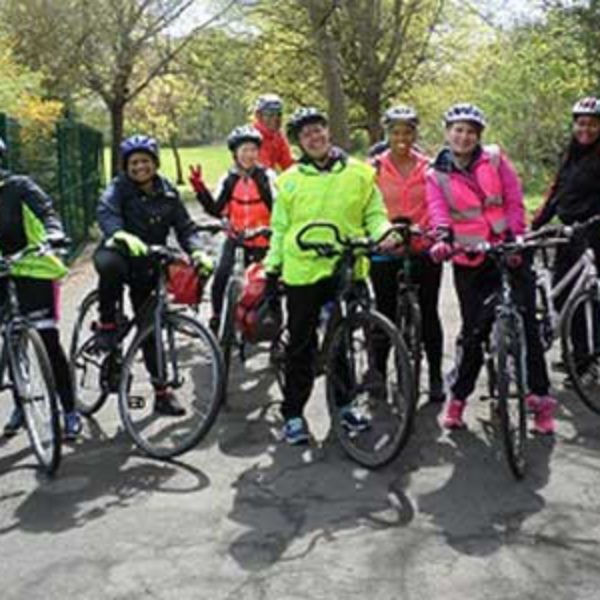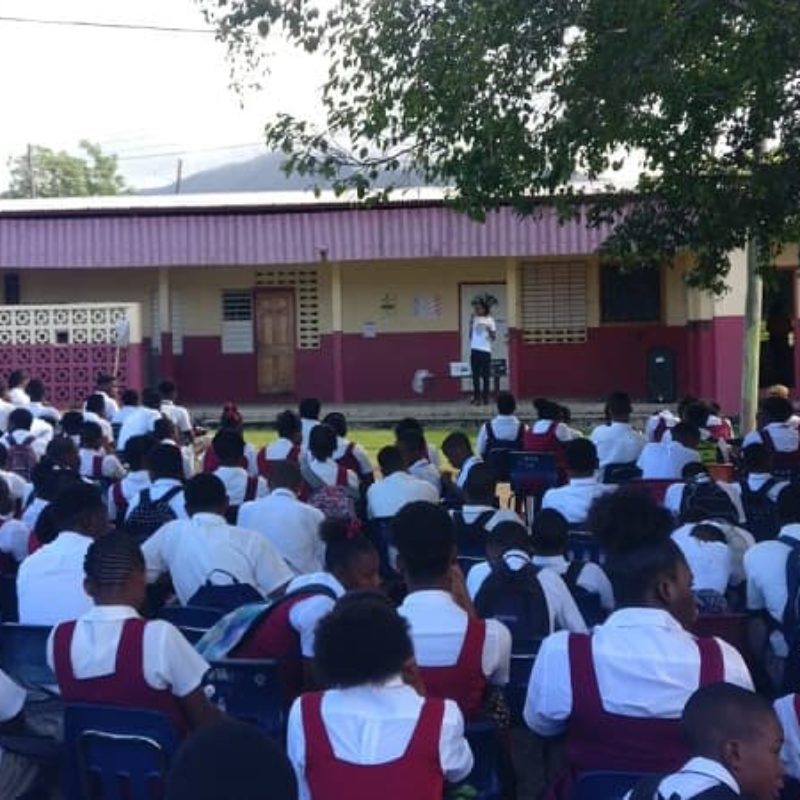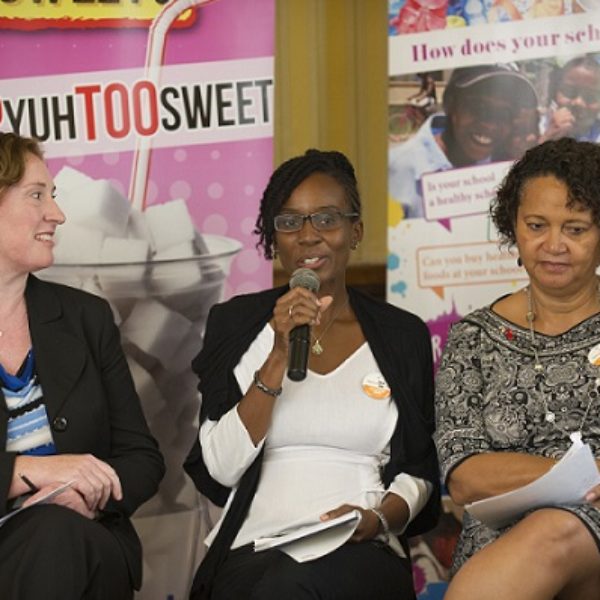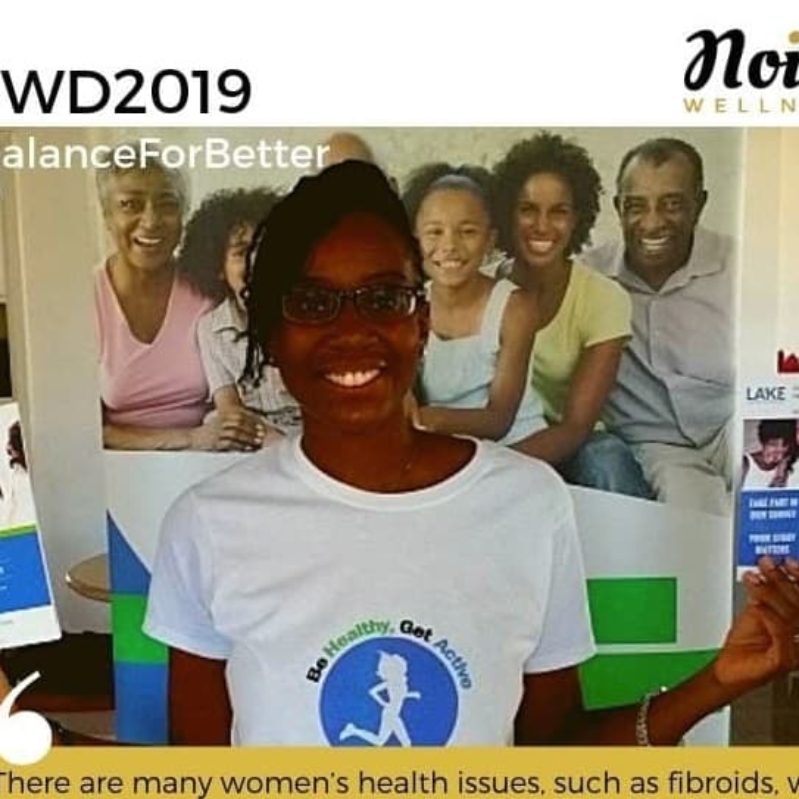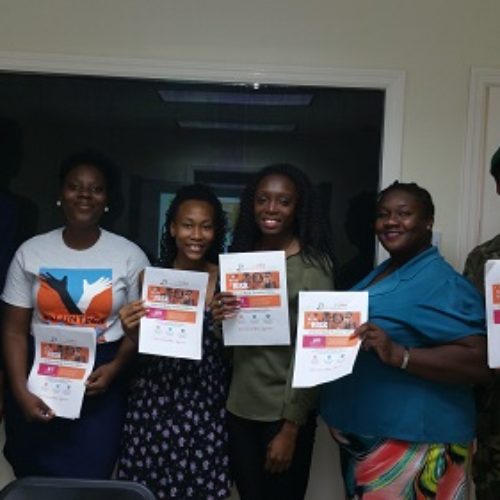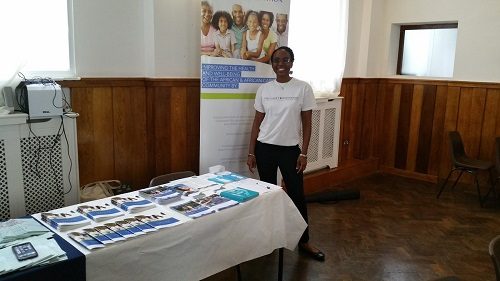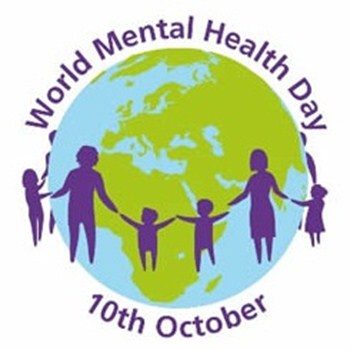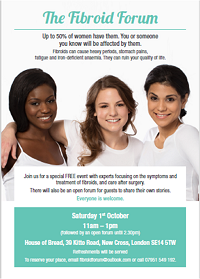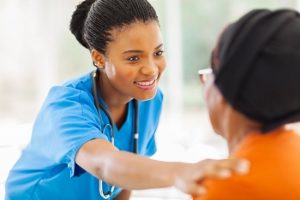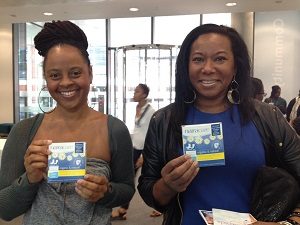Finding Interesting Research Through Social Media: Afro-Caribbean Heart Failure in the UK
We love social media. It really does open up the world to us and provides access to a vast amount of information that we would have struggled to find a decade ago.
Yesterday, we found ourselves mentioned in a Tweet. We thought: ‘interesting, thanks for the  mention’ and then we proceeded to click on the link to explore further. We were taken to a summary of a British Heart Foundation funded research project about the African-Caribbean community and heart failure.
mention’ and then we proceeded to click on the link to explore further. We were taken to a summary of a British Heart Foundation funded research project about the African-Caribbean community and heart failure.
We just love this about social media. Information is so accessible; it literally falls into your lap (or Twitter feed!). It’s great when people take the time to seek you out and bring relevant information to your attention.
What exactly was being brought to our attention?
The research that was being brought to our attention by our fellow Twitter user was a study published in the journal of Circulation Heart Failure conducted by lead researcher Dr Jason Dungu from St Georges University of London. His work explored the causes of heart failure in different ethnic groups with a particular focus on the Afro-Caribbean population. This research revealed that the cause of heart failure is dependent on ethnicity.
What did the researchers do in this study?
They looked at all patients with heart failure who attended St George’s Hospital Heart Failure Clinic between 2005 and 2012. These included 1392 patients, 211 of these patients were Afro-Caribbean.
Participants’ diagnosis of heart failure was confirmed through a medical history, an examination and various tests. The cause of their heart failure was determined by an initial assessment and then confirmed by a review of the patient’s records and through any investigations and findings.
What did they find?
The researchers found that the causes of heart failure varied based on ethnic group. For example the most common cause of heart failure in white patients was coronary heart disease; this was the cause of heart failure in 41% of white patients. When they looked at Afro-Caribbean patients coronary heart disease was the cause of heart failure in just 13% of these patients.
In Afro-Caribbean patients the most common cause of heart failure was non-ischaemic dilated cardiomyopathy. This was the cause in 28% of Afro-Caribbean patients compared to 20% of white patients. Other causes of heart failure in Afro-Caribbean patients included:
- hypertensive cardiomyopathy (12% of black patients; in white patients this was the cause in 2.2% of cases);
- cardiac amyloidosis (11% of black patients; in white patients this was the cause in 1.6% of cases)
- valvular heart disease (7% of black patients)
The finding that 11% of Afro-Caribbean patients developed heart failure due to cardiac amyloidosis was very significant. This is because whilst, generally speaking, cardiac amyloidosis is considered a rare condition, it features in 11% of Afro-Caribbean heart failure patients, making it the fourth most common cause of heart failure in this ethnic group. Additionally it was found that patients who develop heart failure due to cardiac amyloidosis had a lower survival rate than those who develop heart failure due to coronary heart disease. This means that more attention needs to be paid to these patients.
The Importance of this Research
This research reveals that when diagnosing and treating heart failure ethnicity needs to be taken into account and Afro-Caribbean patients have to be handled differently.
Thank you social media!
It’s great that through social media we can easily gain access to the latest research and we thank those that continue seek us out when relevant research is published.
References
Afro-Caribbean Heart Failure in the United Kingdom: Cause, Outcomes, and ATTR V122I Cardiac Amyloidosis. Circulation: Heart Failure 2016; 9: e003352

